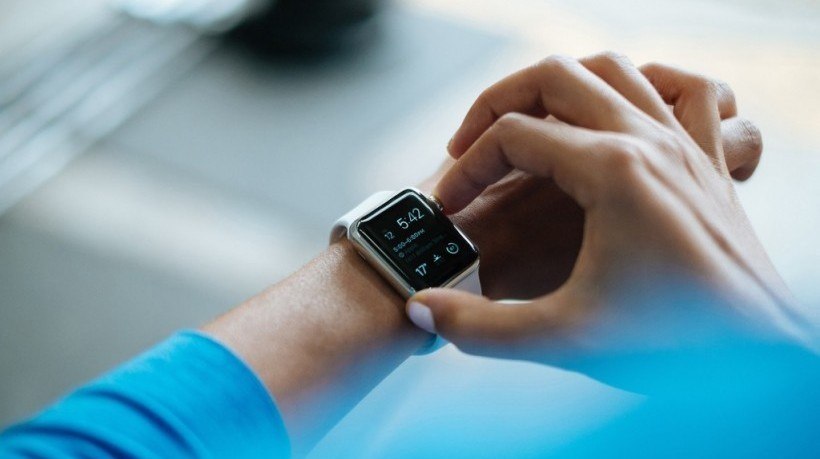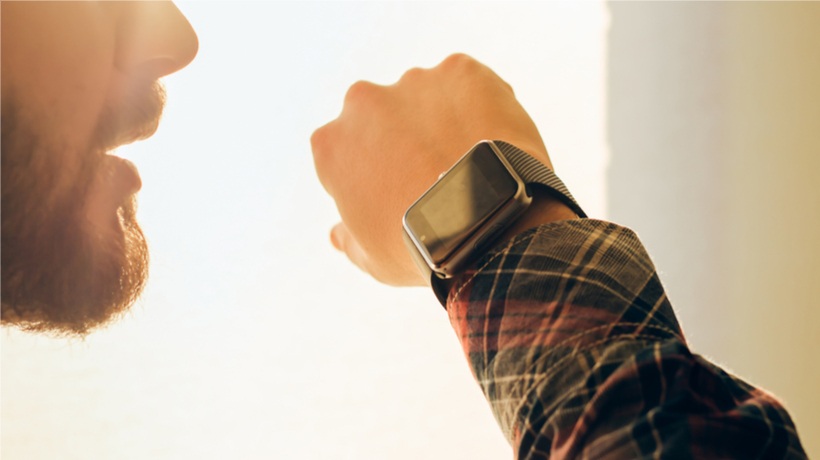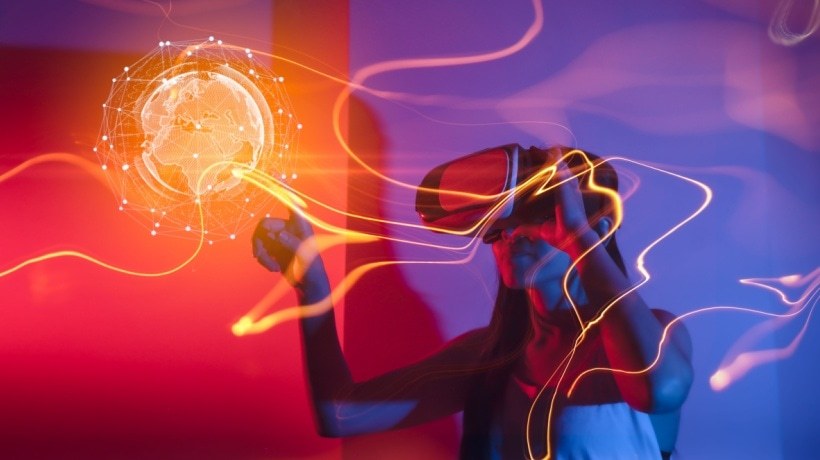How Wearables Have Influenced Data Use In Higher Education
If you don’t own one yourself, chances are you know at least a few people who wear a FitBit to track their physical activity and other habits. You might even know a few people who use other wearable devices, or wearables, such as the Apple Watch. These devices collect, analyze, and provide useful data to their wearers.
One interesting item to consider is how those working in higher education can use this new technology in education to process data, then provide feedback to improve the educational experience of students, and make higher education work better in general. Here are 8 insights about wearables that are worth considering.
- Real Time Data Tracking And Feedback Could Mean Faster Interventions.
If you don a FitBit or other wearable device, you don’t wait days or weeks for feedback. You receive quick insights into your physical activity, sleeping patterns, etc. As a result, you can find ways to make the changes you need to deal with any problems. If this same technology could be applied to the classroom setting, students who require intervention to be successful could be served much sooner. - Better Data And More Accessibility Will Improve Past Trends Analysis.
The best predictor of the future is the past. However, without good data and accessibility to that data, the predictions can be murky at best. For example, a FitBit wearer knows, based upon the data that they receive, if they are on track for meeting a weight loss goal. In higher education, data could be used to predict the success of instructional methods, curriculum, or procedures. - Data Can Illuminate False Conclusions And Assumptions.
One remarkable thing about a device like the FitBit is that it deals in facts, and can make wearers challenge their own assumptions. For instance, somebody might believe that they are getting a full night of sleep each and every night. Then, after wearing the device, they might discover that in reality they are waking up multiple times each night, and not falling into a deep enough sleep. Once that false assumption is proven wrong, the wearer can see a physician or take other action. Likewise, in education, data can have the effect of highlighting false conclusions and assumptions. - Information Technology And Academics Cannot Exist As Separate Entities.
When it comes to accessing and understanding data, educators need technologists. It is simply impossible to gather, process, and analyze data without technical intervention. In higher education, this means that both academic employees and IT employees must work together to find solutions that make data useful for staff and students. - Giving Students Access To Data Can Cause Changes In Behavior.
In spite of being technically adults, many college students are still prone to going off track academically. Unfortunately, many of them do not realize this until it is too late, and the current methods of providing feedback to students about their (lack of) progress doesn’t help. However, with a data gathering and delivery method like the FitBit, students could quickly see when they were getting off track and modify their behaviors accordingly. This would require smaller changes that are easier to make than if the student only finds out there are problems at the midterm. Imagine if students received a weekly report,generated by data collected from wearables and other sources that let them know if they were progressing well or not. Even the hardest classes will be easier when students have access to data. - More Behavioral Data Needs To Be Collected.
Behavioral data is extraordinary valuable. Not only can that data be used to help students on an individual level, the opportunities are also great when it comes to aggregation. If schools could offer a device to students that collected data and gave real feedback to them, along with providing feedback to the college or university. Instructors and support staff could use the information as described above to assist students. In addition to that, data analysts could work with educators to analyze collected, behavioral data, and get a better picture of who students are. This might include value, interests, average time spent in class, how much engagement instructors are getting, and a host of other information. This could help with everything from curriculum planning to ensuring that the right services are available to students when they are not in class. - Researchers Must Be Given Access To Collections Of Data.
In order to draw useful conclusions and take helpful action, the data from wearables in the classroom may not be enough. This is why it is important that educators and researchers have access to collections of data that are built from many sources. Once they have this access, they can study, analyze, and plan. In order to do this, schools must plan a variety of ways to collect data, or how to merge data they are already collecting with data that is gathered from wearables. Ideally, this would also involve institutions working cooperatively with one another to get the best picture possible. - Data Is Only As Valuable As The Action That Is Taken Upon It.
Possibly the most important thing to remember is that collecting data is only the beginning. Considering using new technology to collect data is wonderful, but until it is analyzed, data isn’t very valuable. Even then, unless action is taken to make positive changes as a result of the knowledge gained through that analysis nothing will be improved. Conversations must be have about collection, analytical processes, and the methodology that will be used to determine ongoing courses of action.
Conclusion
The more information that can be collected from students, especially in real time, the more everybody benefits. Students can receive feedback that helps them make changes or seek help. Instructors can use that feedback to understand when a student might need interventions in order to succeed. Institutes of higher education can also use this information to improve services, and create a better and more efficient educational system for students. Academic researchers and data analysts can use gathered data to develop a better idea of what students want and need when it comes to higher education. Finally, this information can be used for future planning.








